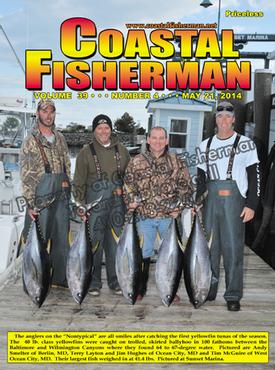


Article by Capt. Steve Katz
 AIS – what is it and do I need it?
AIS – what is it and do I need it?
Automatic Identification System, or AIS, is a wireless radio frequency digital data system used by boats and ships to provide tracking information to each other and land based stations. This information is used to identify and locate vessels by electronically exchanging data with other nearby vessels. AIS is often used to augment radar for collision avoidance at sea.
This system was originally designed and required for large ships, but it has become very popular for smaller boats as well. The most popular system for smaller boats is the AIS receiver. This system is only a receiver and just listens to the AIS signals from other boats. These signals are digitally broadcast on a VHF radio frequency and the range is limited to radio “line of sight”, about 25 miles to a maximum of 40 miles.
The receiver is usually connected to a chartplotter screen, to act as the display, showing the location of nearby AIS vessels. Most of the newer chartplotters are capable of displaying this information. The nearby AIS vessels appear on your screen in a location relative to yours, and provide additional information such as speed, size, name, call sign, etc. These AIS receivers can share your existing VHF antenna and require connecting a few wires to power and your GPS chartplotter. Discounted street prices are as low as $250 for some of the AIS receivers.
There are a few VHF models that incorporate AIS receivers into the VHF, and often include a simple small screen to show nearby vessels. Standard Horizon makes an AIS VHF and ICOM has a new model coming out later this summer that has this feature.
Larger boats are required to transmit and receive AIS signals. These are called Class B and Class A transceivers. Many larger pleasure boats voluntarily install an AIS transceiver so that other boats can “see” them electronically, especially when traveling in the ocean at night. Your boat will show up automatically on a large display on the freighter’s helm, so you are not relying on the other ship to visually see you on the radar or through the bridge windows.
On non-regulated vessels,, this system can also be equipped with a switch to turn off broadcasting. This may be done by the captain when traveling in waters where security is a concern. Fisherman may turn it off when fishing your special spot and do not want to “broadcast” their location to the fleet of fellow fisherman.
There are many people who find reading AIS information very interesting and there are a few websites that take marine AIS one step further by putting the information on the internet. There are now many “live” AIS websites and the most popular of the free services is MarineTraffic.com. On this website, you can scroll around the world to see ship traffic or just monitor an area of interest. These internet sites rely on volunteer land stations to receive the signal and upload that live data to the website. These websites can be delayed in showing information and may not be able to receive all the signals in an area. Because of this limitation, these websites should not be used as your primary AIS system and does not meet regulatory standards.
AIS is also evolving into other areas of marine use, such as Aids to Navigation, where a navigational aid can broadcast its information directly to ships. AIS is also being used for search and rescue, with products such as a personal AIS beacon that is similar to an EPIRB, and is used for other boaters to “see” your location show up on their screen in the event of an emergency.
As this technology evolves, there will be many more uses for AIS and a wider adoption of this technology. If you are interested in AIS for your boat, begin by checking the features and compatibility of your chartplotter, then look for the appropriate AIS hardware. Adding an AIS receiver is the least expensive way to increase your awareness of large boats in your area.
Captain Steve Katz is the owner of Steve's Marine Service and holds NMEA MEI, AMEI, NMEA2000 certificates, ABYC Master Technician certification and factory training from many manufacturers.